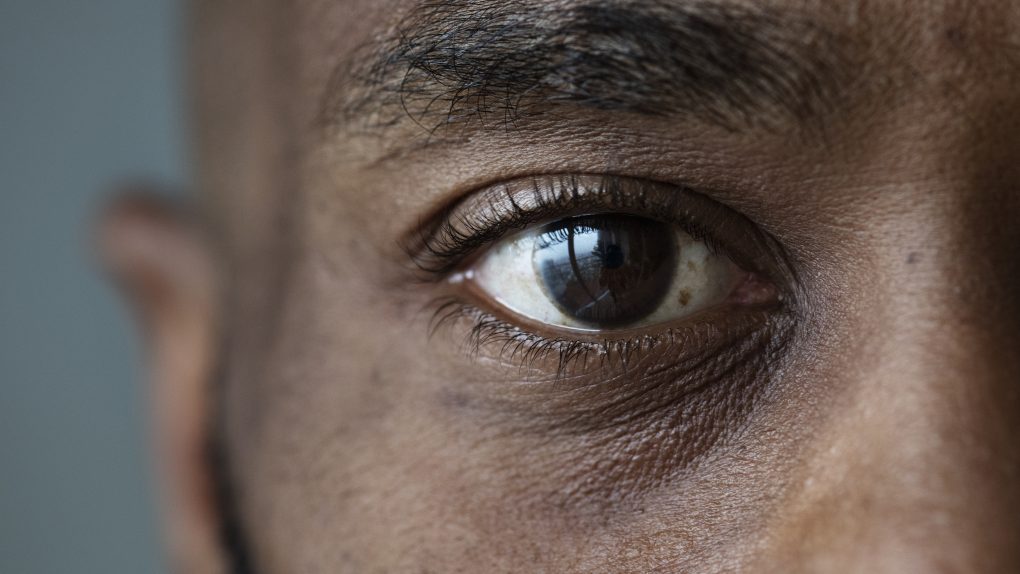An experimental eye implant could be the secret to restoring a patient’s central vision—the part of our eye that lets us see faces, details, and letters more clearly. Many patients now using the implant as part of a clinical trial have reported successful results.
The implant was developed by Science Corporation, a competitor to Elon Musk’s Neuralink, which Musk plans to use to merge humans and AI together. The company announced preliminary results for its latest clinical trial this week, reporting that some study participants can now see well enough to read from books, play cards, and more.
All of these successes are due to the experimental eye implant, which has restored parts of the patients’ central vision. Despite still being considered “legally blind” by medical standards, the patients are able to see more clearly now thanks to the implant, which has been dubbed “Prima.”
Prima is essentially a tiny 2-mm square chip that is surgically placed under the patient’s retina. The procedure takes roughly 80 minutes to complete. The chip pairs with a pair of glasses that capture video using attached cameras. Patterns of infrared light are then beamed to the chip, which is covered with 378 light-powered pixels.
The experimental eye implant then takes the light and converts it to electrical stimulation that triggers the eye’s natural electrical pulses. This allows the eye to then send information about what the camera is seeing to the brain, allowing the patient to understand what they are looking at.
The entire idea here is for the brain to interpret the signals the chip sends as images, essentially mimicking the natural process our eyes use to see. We’ve seen other attempts to use bionic eyes to restore vision and to restore vision using stem cells. However, this could be one of the most promising techniques we’ve seen, especially since we’re already seeing massive success in human patients.








